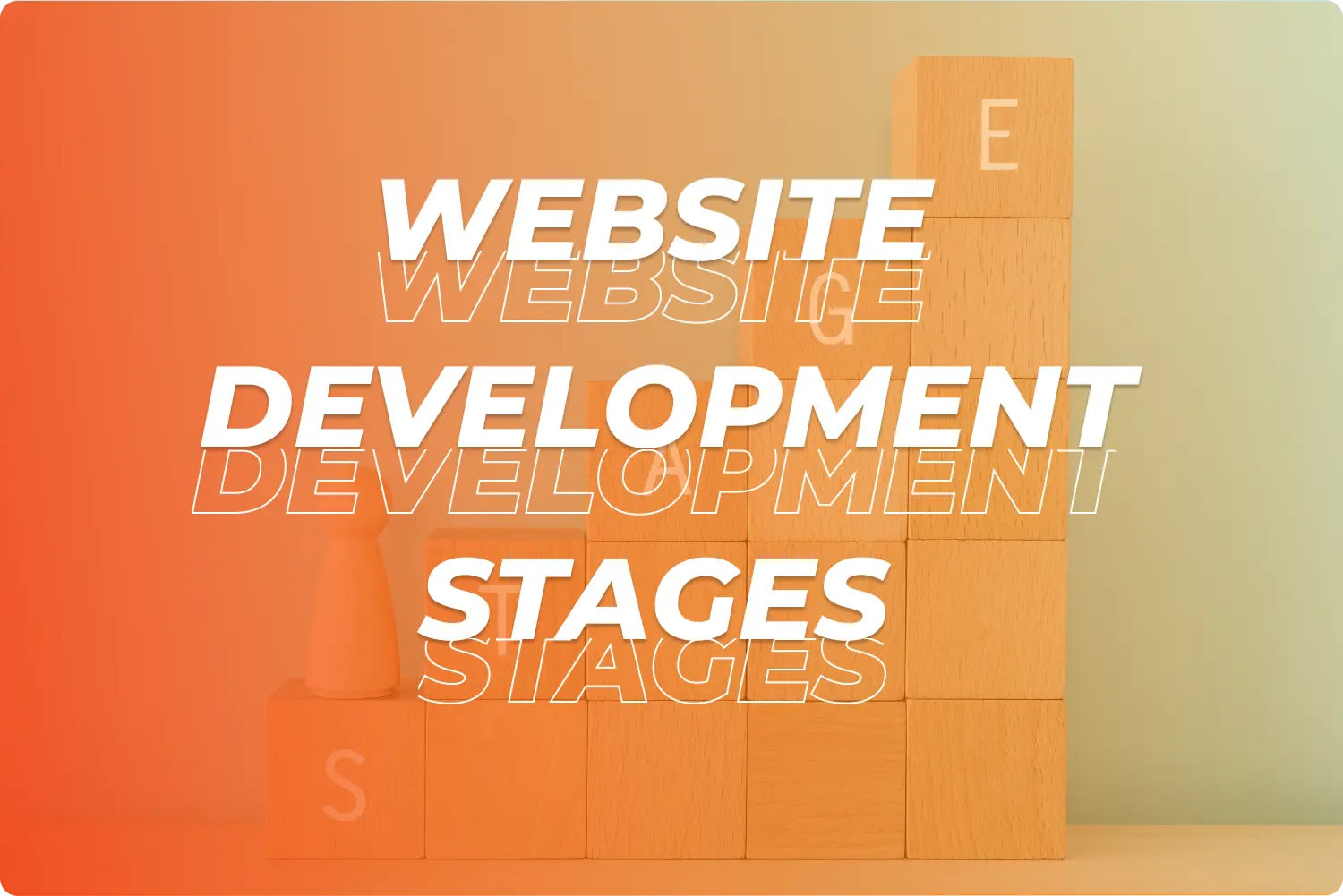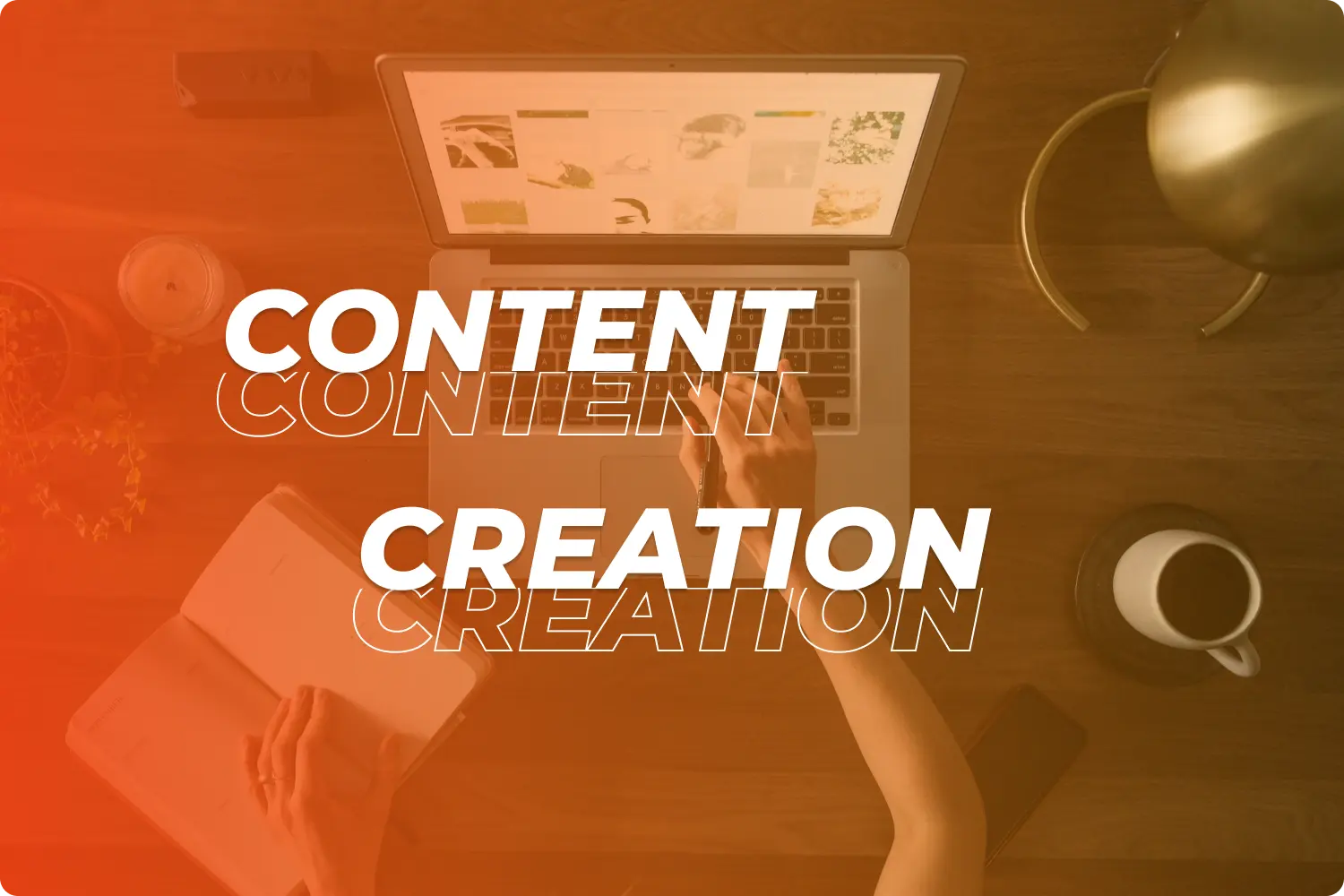The Website Development Process [The Complete Guide]
Did you know that over 81 percent of consumers make a purchase only after researching the products and services online? This staggering statistic holds significance for several reasons; one of them being the fact that it is no longer a luxury but a necessity to have a robust online presence for modern businesses. So having a so-called digital shopfront comes from having a well-designed website. Imagine having a platform that represents your brand or product 24 hours, seven days a week!
That’s all well and good; but when it comes to building a website that’s successful, it is much like constructing a house. It will begin with careful planning; then a design will be laid out, upon which a solid construction will be conducted. But if you think that’s it, you are wrong. There is always ongoing maintenance and continuous optimisation. Much like how a poorly built house is destined to crumble, a website that’s poorly executed can disrupt the success of your business.
But fear not because this blog is here with a complete step-by-step guide on the website development process. Each stage will be thoroughly explored to make it easier for you to understand and implement it.
Let’s begin!
Website Development Stages
A website development project must not begin before you consider certain crucial elements. A suitable domain name is the first key element which is followed by getting a reliable web hosting platform. After that, businesses must define and put in place a website strategy which will include choosing a Content Management System (CMS) that best fits the desired goals.
Now let’s dive straight into the steps in detail:
Step 1: Discovery/Information Gathering
Begin your website development process at step 1 which is called discovery or gathering information. You should lay a solid groundwork for everything that follows. As a business, you do three things in this stage:
- Have a clear understanding of what your project goals will be.
- Exploring and defining your business context in elaborate detail
- Gathering all the necessary information
You may ask, what is the information that needs to be gathered? The answer to that is, there is quite a bit! For instance, you must begin by understanding the core of your business thoroughly. What you offer, the purpose of your business, the mission, vision, key stakeholders and unique value proposition (UVP), must be well-defined during this stage.
Once that part is over, you move on to the next phase, what are you trying to achieve with this website development project? Here you’ll set measurable business goals, which will be complemented by key performance indicators (KPIs).
The next set of information answers the question, who are you trying to reach? To put it in business terms, you must define a target audience but be specific enough to include details like their demographics, preferences, online habits etc.
But you are not alone in the market; there are competitors. So next up, you will conduct a thorough analysis of them; what are their strengths, weaknesses and where do they position in the market.
Once that’s done, the nature of your information gathering will change. Now you’ll look towards getting information that’s related to the website development process itself. For instance, you will need to define your niche and have a comprehensive outline of your overall website strategy. You will also need to find answers to questions such as; What are the tools you are going to use, what could be a realistic budget, and how much time do you have available to conduct this project successfully?
By the end of it all, you will have two sets of key deliverables:
- A project scope document
- An initial requirements list
Step 2: Planning/Information Architecture
Remember, unless you establish a clear understanding of project goals and requirements in the discovery stage, you cannot move ahead to the second step that’s planning. Here you define three key things:
- Website’s structure
- Navigation
- User flow
What this essentially means is how users will interact with your website and find the information they are looking for. Here the most critical role is played by Information Architecture (IA). If we were to break this section down into key deliverables, they would be the following:
- A Sitemap: It’s a blueprint that tells you how your website’s structure will look visually? There will be a hierarchy of web pages and a relationship will be established between them.
- Wireframes: Here you must plan what the pages layouts will look like with the help of low-fidelity sketches. But this is not about the visual design (that comes later), here you must focus on content placement and functionality. So, you must plan where things like text, images or interactive elements will go on those pages.
- Underlying Technology: Remember, the technology stack you select will be key to developing a successful website. That’s why you must look for the right programming languages, frameworks, and most importantly, the Content Management System (CMS).
As a business, you must know that user experience (UX) is directly impacted by Information Architecture (IA) and wireframes. So, the better the structure of your website, the easier it will be for users to find what they are looking for. Hence, the engagement will increase and so will the conversions.
Step 3: Design
After putting together a solid plan in the previous phase, you are now ready to bring to life your website’s visual look and feel. When it comes to the design phase of the website development process, you’re focusing on providing users with engaging and on-brand experiences. Here are the key elements:
- Branding Elements: To form a visual identity of your website; elements like logo, colour palette, typography and imagery need a consistent and careful application. Make sure they align with your overall brand. If you need help, create a style guide so you can document these elements at every section of the design phase and ensure consistency.
- Mobile-Friendliness and SEO: Mobile phones are by far the most dominant piece of technology consumers use. So, your website needs to be able to fit all sizes. Its structure must be SEO friendly, so search engine indexes can pick it up.
- Design vs. Web Design: Designing is all about aesthetically pleasing visuals but web designing means how those visuals are presented upon different sets of devices and how the users will interact with them.
As this phase is directly linked to user experience, make the design process interactive by involving feedback from clients. Use that feedback to improve upon the initial design and keep revising until all major/minor complaints are addressed.
Step 4: Content Creation and Assembly
In the previous phase, you would have already finalized the website design, which would allow you to shift focus on content creation and assembly. This step holds huge significance because here you plan, create and organize all the content. This includes:
- Text
- Images
- Videos
- Other media that populate your website
If you are unaware of the kind of content, here is a list:
- Landing pages
- Product or service descriptions
- Testimonials
- Case studies
- Blog posts
- Videos
- Images
Managing such a huge volume of content is not easy. That’s why you need to have a robust content strategy. Here is what it includes:
- To ensure search engine visibility, keyword optimisation must be ensured
- To ensure all content is published on time, you need to have a content calendar
- To ensure your website has a consistent formatting and style, a content guide will be needed.
You may have a question brewing, why is quality content so important? Think of it like the heart of your website; the greater its quality, the more attraction it will have. What makes an average content into a quality content is how engaging and informative it is for the visitors. So, ask yourself, does your content tell your brand’s story or lets the visitors know your expertise? Remember, it is the content that brings visitors to the website, keeps them there and ultimately converts them into customers.
Step 5: Development/Coding
By this phase, you would have both the design and the content ready, so you can move into the development stage, which in technical terms is referred to as coding. All the planning, designing, content creation you’ve done so far, has led you to this moment where you will incorporate it all and bring that website to life. Here are the key activities for developers in this phase:
- Codes are written by developers that form the foundation of your website
- Server-side functionality is set up with handling data and user interaction being the aim
- Development process is streamlined using frameworks and tools
- A Content Management System (CMS) is implemented.
- A CMS platform like WordPress can use used to ensure easy content management
- The integration of external systems like payment gateways, or CRM software are also managed through the same CMS.
If you are wondering what technologies are used, here is a detailed list and their purposes too:
- Creating a user interface requires front-end development such as HTML, CSS, and JavaScript.
- Back–end development is more versatile and subjected to the necessary requirements, specific to business’s needs.
- Make sure to choose a CMS that suits your requirements the best, it will help you in the future in case of managing or updating content.
- Some businesses have older websites that they are redesigning. In such a case, SEO migration is critical because it ensures your website’s search engine visibility is maintained, both before and after the transition has taken place.
Step 6: Testing & Quality Assurance (QA)
Never ever launch a website that has not gone through rigorous testing and quality assurance protocols. Here are three key areas to focus on:
- Functionality
- Compatibility
- Overall quality
One type of testing that’s critical is called cross-device testing. In this, you test the website on several types of devices like mobile phones, tablets, laptops, desktops, etc. Then there is also cross-browser testing to ensure the best possible functionality and compatibility with no compromise on quality in all the major browsers like Google Chrome, Firefox, Safari, etc. Other key tests include functionality testing, process testing, and content formatting checks.
Step 7: Deployment/Launch
Time to take the masterpiece you’ve created and go officially live! You don’t want to initiate a poor launch, luckily you can avoid that with a robust launch strategy. Bring all the teams onboard and keep them coordinated to ensure a smooth launch.
What’s most critical for website performance during deployment is to have the right hosting provider. To point your domain to your new website, you will also need to change the Domain Name System (DNS). Once you’ve launched, there are certain post-launch checklists that cover technical aspects:
- SEO migration
- Analytics tracking
Remember, the market and the broader world out there needs to know that you’ve come out with a bang! That’s what a successful launch/deployment would do for you.
Step 8: Maintenance
Remember at the start we mentioned that website development does not end with the launch? Want to know what comes after? Ongoing maintenance. No website by any means is a one-time project. Here is what to focus on after the launch:
- Continuous monitoring
- Regular updates
- Improvements
What aspects should be monitored? The performance, so you can ensure optimal speed and uptime. Never forget security updates, because vulnerabilities are just around the corner. Lastly, ensure new, fresh and relevant information so the visitors remain engaged.
Pro tip: fix bugs regularly and backup data to avoid losses.
Final Thoughts
Remember, an online presence for modern businesses is no longer a luxury, it is a need of the hour. The only way to ensure your brand is out there in front of people is to have an engaging and well-structured website.
Website development process is complex and often difficult to manage in-house. That’s why professional expertise from well-known IT service providers like FunctionEight is here for you. Whether you need help planning, with the design or the development, our services are comprehensive when it comes to website development. So, what are you waiting for! Contact FunctionEight now and take that first step towards achieving your online goals.





